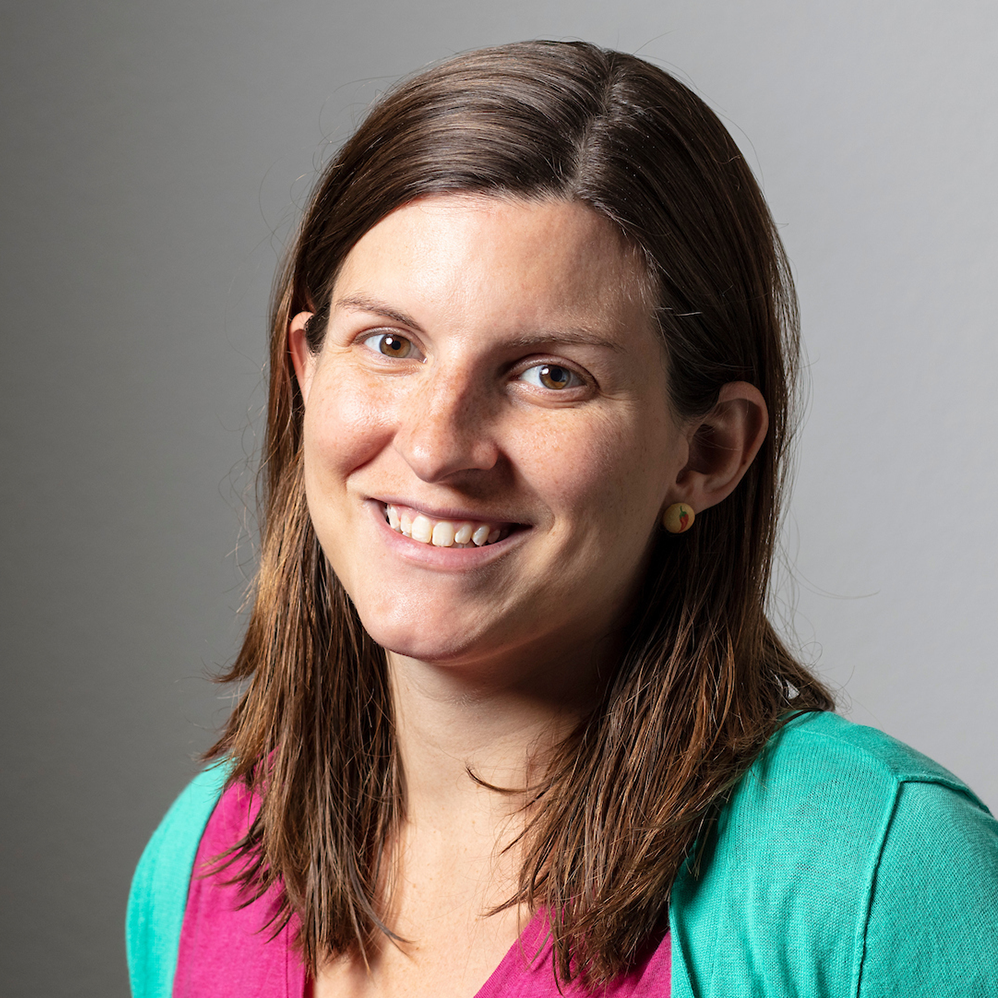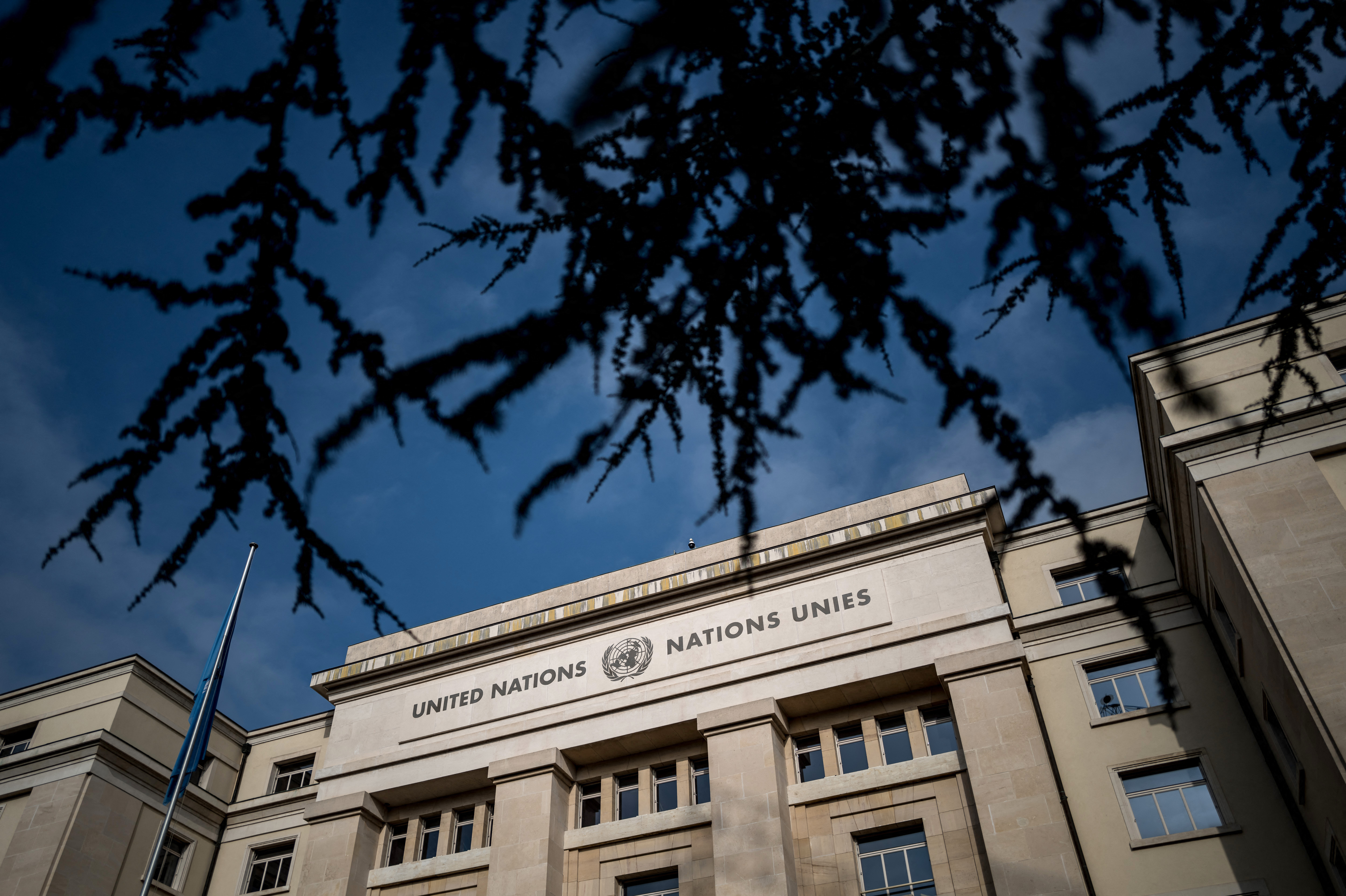Future of rural doctors hinges on funding

Moves in Switzerland to improve the lot of general practitioners may be coming too late to stem a critical shortage, especially in rural areas. In the experiences of one country – Britain – finding the right prescription is not easy, especially when it comes to funding questions.
When he graduated from medical school some 40 years ago, Dr. Karl Haefele knew he wanted to work somewhere in the mountains. As he jokingly tells it, he took a Swiss map, closed his eyes, and threw an arrow at the centre – landing on Innertkirchen, a small community of just over 1,000 people in the Bernese Alps. He worked there for more than 30 years, until the reality of his retirement plans set in.
“I moved [to a joint practice] because I needed better chances to find a replacement for after I retire. There was no chance in Innertkirchen,” he said, explaining the reason for his relocation to Meiringen, a nearby commune four times the size.
Haefele’s situation is all-too-common among general practitioners in Switzerland, explains Dr. Andreas Bieri, another longtime GP who has been actively addressing the issues in the nationwide initiative to be voted on May 18. To him, the overall GP shortage, which is worst in rural areas, can only be addressed by a complete re-structuring of the healthcare system, and a renewed emphasis on the value of general practice for young medical students. They tend to be lured to specialty fields because of the better pay and more flexible work terms.
On May 18, the Swiss people will vote on whether to anchor support for general medical coverage – including general practitioners – in the country’s constitution. It would require federal and cantonal governments to take measures to guarantee access to basic medical care for all.
The initiative also allows for adjustments to young doctors’ training to strengthen the GP profession.
The government also plans to allow GPs to raise their prices for laboratory tests carried out at their surgeries, which should generate CHF35 million ($40 million) a year. In addition, a general rise in tariffs for GP services is expected to bring in another CHF200 million.
This money would come from a reduction in the price of certain technical services offered by other specialists.
“The goal is to have more attractive work places for young people,” he says. “In the first semester of medical school, only 1 or 2% of students want to be GPs. We have to change their picture of the profession.”
Bieri and his colleagues looked to Britain as an example of how to boost GP numbers and performance, taking ideas for reform from big changes made to the British GP contract in 2004. That overhaul put primary care responsibility back in family doctors’ hands after an earlier focus on nurses, bolstered incomes for GPs and introduced a new emergency services system to cut work hours and improve morale.
But those measures are turning out differently for rural practices like Katharina Frey’s, in the small village of Coniston in northwest England. Like Haefele’s alpine region, it’s an area that attracts a lot of tourists and mountaineers in the summer, and the surgery’s capacity is stretched especially thin during the high season.
Frey says hers and some 100 other rural surgeries face possible closure because payments put in place to help them survive the 2004 overhaul – known as the Minimum Practice Income Guarantee, or MPIG – are now set to be phased out over the next seven years. Practices are supposed to recoup the losses through offering additional and private services.
“This is not going to work because in a rural area, you’re really limited in what kind of private work you can do and the amount of new patients moving into the area is very limited,” Frey, who is originally from Germany, tells swissinfo.ch. “So if big amounts of funding are being pulled out, you’re not going to get it back. Once the seven years are up we’ll be down about £25,000 per year [in funding], which for a small practice is a lot of money.”
Frey and others affected are pinning their hopes on petitions being circulated among communities which were presented to the House of Commons, launching a new funding debate. And media attention from the likes of the BBC has helped spread the word that practices may be forced to close.
Changing financial support
Both Frey and Haefele’s current situations were brought about by government uncertainty over how to react to changing demographics among patients and the expectations of young doctors who want the profession to look different in future. While Swiss practices are not as reliant on government payments as those in Britain due to the privatised insurance system, Bieri has also seen pressure on GP wages in his area due to a host of factors, including reduced tariffs and laboratory rates as well as no longer being allowed to dispense medication in areas with access to a pharmacy.
“When I first opened my practice we didn’t have any financial concerns and could concentrate on medicine,” Bieri says. “But then through the fact that we couldn’t dispense medicine any more, and that the [insurance] tariffs for our services changed, the job continued to look less and less attractive and no more doctors came [to our area].”
New professional expectations
Frey and her husband run their practice together and are used to putting in 11-hour days or having patients knock on the door to their home at odd hours, since they live just above the surgery. And Haefele relied on his wife and children for constant support during the many decades he operated a private practice, also working 11- or 12-hour days.
And the realities of living in rural areas also add to the job, like mountain rescues and impassable roads. Below, Haefele and Frey detail their day-to-day experiences.

More
Rural doctors’ responsibilities
Both doctors clearly value their work and the close-knit rural communities they are a part of; everyone greets them on the streets of their small towns and shows their appreciation, and Haefele says with a laugh that he would “explode” if he ate all the chocolate and baked goods people brought him. But they acknowledge their work models need to be made more attractive for the next generation.
“Now, 60% of doctors are women and they often want to work part time, for family and private reasons,” says Haefele. “Today, people want more flexibility about working times and don’t want to have anything to do with work outside of certain hours.”
A social media campaign by the British medical publication Pulse recently used the hashtag #24hoursingp to chronicle a day in the life of a typical GP in the country, demonstrating that most doctors’ lives are still dictated by their long work hours.
So fair 18 appts, 1 telcon, 1 visit, 5cm pile scripts signed. Doing referrals and form filling while eating sandwich. #24hoursinGPExternal link
— PJ Bowyer (@NHS_GP) April 1, 2014External link#24hoursinGPExternal link made me feel I am not alone struggling with 10-12hr days, #docmanExternal link, scripts, F2F/ tel consults, visits, admin & meetings!
— Richard Ma (@Richard_GP) April 1, 2014External linkLong day but these presents from a patient who survived a massive stroke make it worthwhile #24hoursinGPExternal link pic.twitter.com/ySnXAiET8TExternal link
— Adnan R.Siddiqui (@AdnanRSiddiqui0) April 1, 2014External linkJoining forces
For Bieri, the answer to meeting today’s demands for GP services lies in banding together to pool resources and offer more flexibility for doctors. He’s a big advocate of joint practices like the one Haefele is now a part of and the one where he himself works in the commune of Langenthal, in the countryside between Bern and Zurich.
“Joining practices is the only chance to take advantage of the few GPs that there still are,” he says.
According to Frey, the current British government has also advocated that practices band together to save costs and absorb the phasing out of the MPIG payments, but she says that just isn’t realistic for her practice due to distance and financial concerns.
“If your practice is underfunded, a neighbouring practice that is funded okay isn’t going to be interested in taking you on because that would be detrimental to their own finances. In our area, quite a few practices are really struggling already with the volume of patients and they just don’t have the capacity to take on any more.”
Swiss medical schools are taking measures to try to encourage young doctors to consider general practice. At the University of Bern, the first class to take part in a programme involving a short-term apprenticeship to a general practitioner has just graduated – but the number of those choosing to become GPs stayed about the same as before.
Since 2005, all British medical students have had to do a three-year GP Specialty Training Programme made up of 18 months in a mix of hospital specialties and 18 months working in a general practice.
Planning for the future
Haefele is adamant that he’ll retire in November of this year, but it may be too late to find a replacement – he says the practice is in a “catastrophic scenario” because they’re unable to attract any young doctors to rural Meiringen.
“I opened my practice in 1981, when many doctors were opening practices and it was exactly the opposite of the current [shortage] situation,” Haefele explains. “A lot were opened during those years, and exactly those practices are closing now.”
“The problem is that it will take six or seven years until [this legislation] works, but right now, we have an acute shortage.”
Frey has a ways to go until retirement, but she knows finding an eventual replacement will be difficult for her as well.
“The future is a real problem, especially with funding pressure,” she says. “Unless the funding is addressed properly it would be very difficult to find someone to take the practice on at some stage.”
“In the end, whoever works here needs to be able to make a living. It needs to be resourced properly or there won’t be a service in the countryside at all sometime in the future.”
Frey sees better GP practice support policies being put in place in heavily rural Wales and Scotland and is hopeful the British government will extend those to rural England. And back in Switzerland, Bieri is optimistic the Swiss will eventually get to the point where GP shortages are a thing of the past.
“I have seen that it’s possible to make positions with attractive working terms for GPs, and if we can get support with this initiative to improve salary conditions, then things should work out.”

In compliance with the JTI standards
More: SWI swissinfo.ch certified by the Journalism Trust Initiative









You can find an overview of ongoing debates with our journalists here . Please join us!
If you want to start a conversation about a topic raised in this article or want to report factual errors, email us at english@swissinfo.ch.